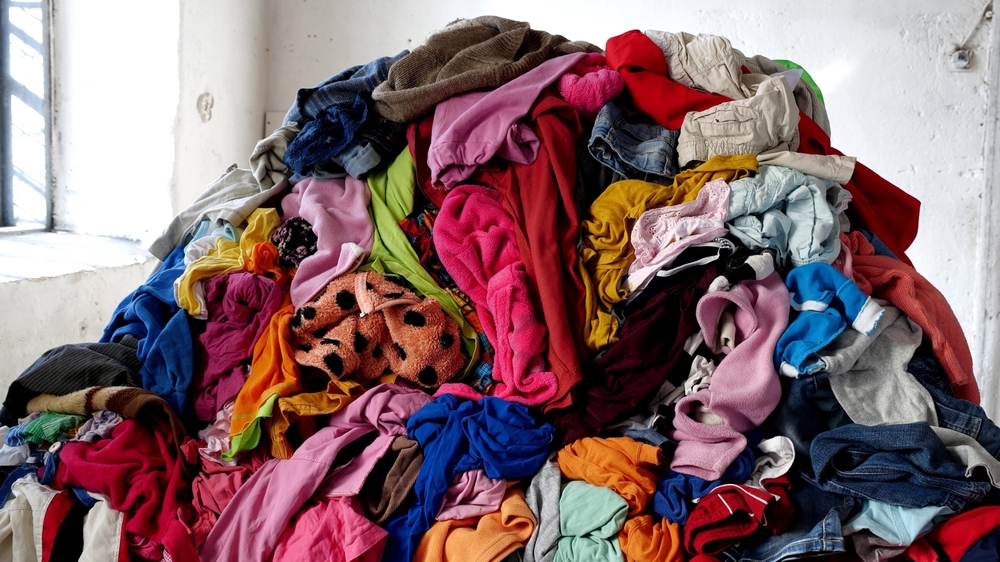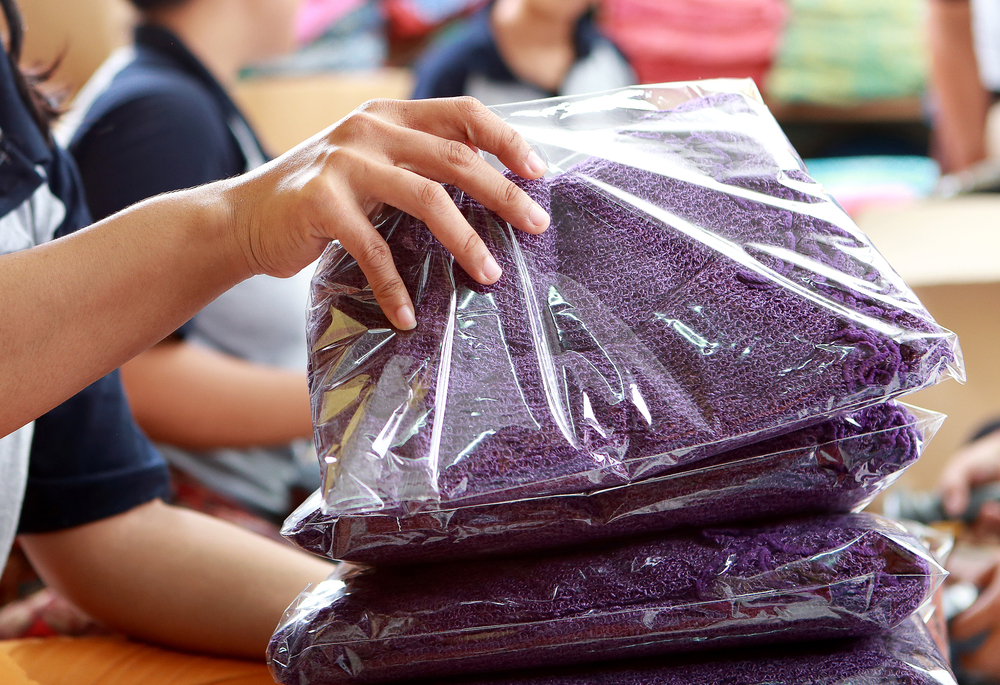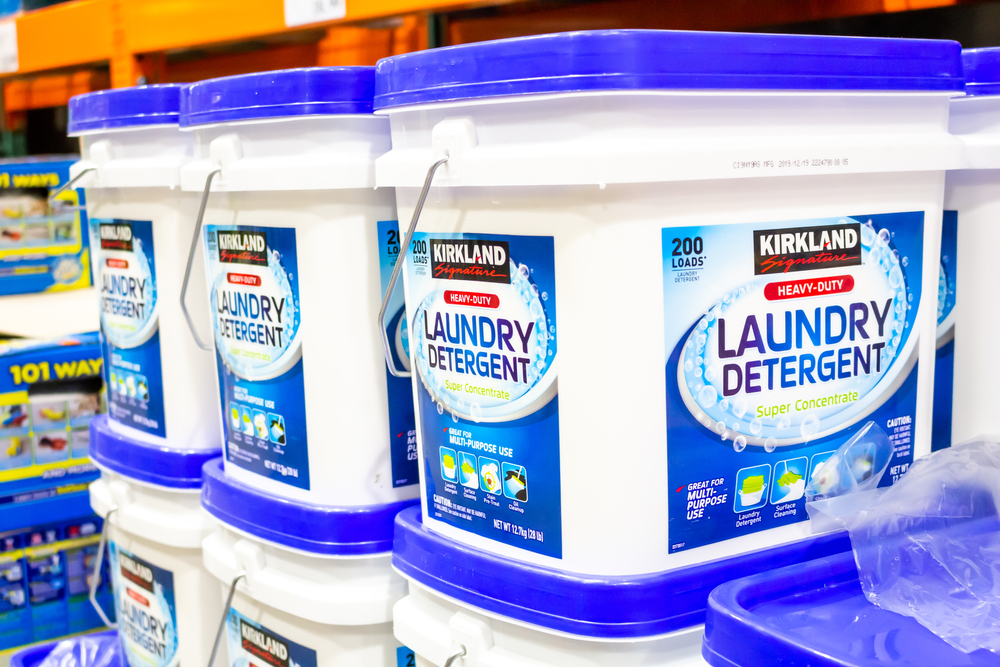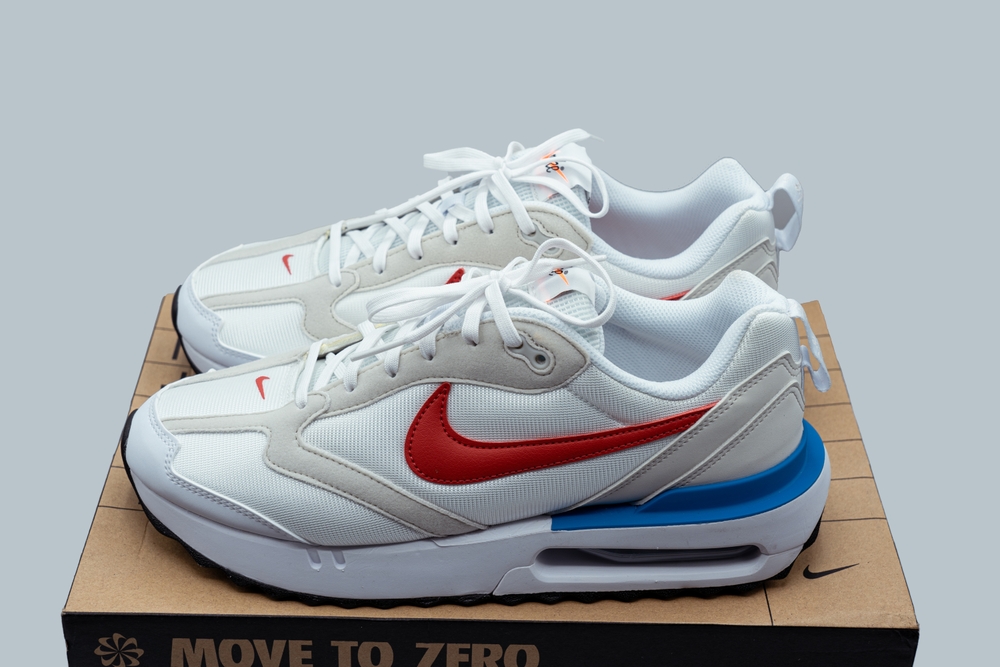Our closets might seem like innocent spaces where we store clothes, shoes, and accessories, but hidden within them are items that could be contributing to the slow destruction of the planet. From unsustainable fabrics to excessive waste, many of the things we wear and keep in our closets are quietly harming the environment. Here are 13 surprising items living in your closet that could be killing the planet, and how they’re doing it.
1. Inflated Wardrobe Sizes

Many of us own more clothes than we need, and this overconsumption adds to the growing environmental crisis. According to Earth.Org, the fashion industry is responsible for significant environmental degradation, including high carbon emissions and massive water usage. The constant desire for new outfits leads to excessive production, which requires resources, energy, and water. Additionally, clothing that is bought and never worn contributes to textile waste, ultimately finding its way into landfills.
To reduce your wardrobe’s environmental footprint, consider adopting a minimalist approach to clothing. By focusing on quality over quantity, choosing versatile items, and committing to a capsule wardrobe, you can decrease your consumption and make a significant difference in reducing textile waste. Less really is more when it comes to sustainable fashion.
2. Fast Fashion Clothing

Fast fashion has become the norm for many of us, offering cheap, trendy clothes that seem too good to pass up. However, the environmental cost is immense. According to Earth.Org, the production of fast fashion is responsible for high carbon emissions, water waste, and hazardous chemicals that pollute our ecosystems. With millions of garments produced and discarded each year, fast fashion is a leading contributor to landfills and environmental degradation.
The materials used in fast fashion—often cheap synthetics like polyester—take hundreds of years to decompose. These materials shed microplastics when washed, polluting waterways and harming marine life. The demand for constant newness in clothing has also led to an overproduction crisis, where garments are produced without regard for their long-term environmental impact. The fast fashion industry is truly one of the most significant threats to our planet’s health.
3. Synthetic Fabrics (Polyester, Nylon, Acrylic)

Items made from synthetic fabrics, such as polyester, nylon, and acrylic, are some of the worst offenders in terms of environmental damage. According to LinkedIn, these materials are derived from petroleum-based products and are not biodegradable. When washed, synthetic fibers release microplastics into the water supply, which eventually make their way into the ocean, harming marine life. With the popularity of cheap, synthetic clothing, these fabrics are contributing to a growing plastic pollution problem.
While these fabrics may seem durable and low-maintenance, their environmental cost is high. Manufacturing synthetic fabrics requires significant energy and resources, contributing to greenhouse gas emissions. Additionally, these materials shed harmful microfibers during every wash, perpetuating the cycle of pollution. Opting for natural, biodegradable fibers like cotton, wool, or hemp can reduce your environmental impact.
4. Leather And Animal-Based Products

Leather goods, including shoes, jackets, and bags, have long been associated with luxury and durability. However, the environmental cost of leather production is staggering. According to PETA, the process of tanning leather often involves toxic chemicals like chromium, which pollute water systems and harm wildlife. Additionally, livestock farming for leather contributes significantly to greenhouse gas emissions, deforestation, and overgrazing.
While alternatives like plant-based leather are gaining popularity, conventional leather continues to have a heavy ecological footprint. The cattle industry is responsible for a large portion of the world’s methane emissions, a potent greenhouse gas. Reducing reliance on animal-based products, whether by choosing synthetic or plant-based materials, can help mitigate the harmful effects of leather production on the planet.
5. Excessive Shoe Collections

We all love a new pair of shoes, but many of us have collections that exceed what we truly need. The fast production and disposal of shoes are contributing to major environmental damage. Most shoes are made with synthetic materials that are not biodegradable, meaning they sit in landfills for decades. Additionally, the leather, rubber, and chemicals used in their production result in significant environmental harm.
Furthermore, the transportation of shoes from factories to retail stores generates additional carbon emissions. The cycle of buying new shoes, wearing them for a short time, and discarding them when they go out of style contributes to the overconsumption problem. According to Rosamund Muir, the manufacturing of shoes creates excessive amounts of carbon dioxide, contributing to global warming. Reducing your shoe collection, buying quality, sustainable footwear, and recycling old pairs can help mitigate the environmental impact of your closet.
6. Old Clothing You Never Wear

That pile of old clothes at the back of your closet, which you never wear but can’t seem to throw away, is an environmental hazard. Clothing that is discarded or hoarded and never used still has an impact on the planet. Many items are made from non-biodegradable materials that will sit in landfills for years, releasing harmful chemicals as they break down.
By holding onto clothes that no longer serve you, you contribute to the growing issue of textile waste. Instead of letting these items gather dust, consider donating them, recycling them, or repurposing them into something new. Every small effort to reduce waste in your closet can help curb the environmental damage caused by unnecessary accumulation.
7. Dry-Cleaning Chemicals

Clothes that require dry cleaning may seem more delicate, but the chemicals used in the process can be toxic to the environment. Traditional dry cleaning often uses perchloroethylene (PERC), a solvent that is harmful to both human health and the environment. PERC is known to contaminate water supplies and can contribute to air pollution when it evaporates.
To reduce the impact of dry cleaning, consider opting for eco-friendly alternatives like wet cleaning or hand washing. If you must use dry cleaning, try to limit your reliance on it and seek out cleaners that use safer, non-toxic chemicals. Making informed choices when it comes to clothing care can help reduce the environmental footprint of your wardrobe.
8. Clothing Made From Virgin Materials

Clothing produced from virgin materials (newly harvested materials, as opposed to recycled fibers) requires extensive resources and energy to manufacture. Whether it’s cotton, wool, or synthetic fibers, the production of virgin materials often leads to environmental degradation. For example, cotton farming requires enormous amounts of water and pesticides, while the extraction of oil for synthetic fabrics contributes to pollution and habitat destruction.
By choosing clothing made from recycled or sustainable materials, you can reduce the demand for virgin resources. Recycled polyester, organic cotton, and plant-based fibers require far less energy and water to produce than their virgin counterparts. Supporting brands that prioritize sustainability and eco-friendly production methods is a crucial step in protecting the planet from the harm caused by mass clothing production.
9. Excessive Packaging

When we buy clothing online, many items come wrapped in layers of plastic, cardboard, or other packaging materials. This excessive packaging contributes to the growing problem of plastic pollution. Much of this packaging is non-recyclable or difficult to reuse, meaning it ends up in landfills or the ocean, where it can harm wildlife and ecosystems.
To combat this, look for brands that prioritize minimal or eco-friendly packaging. Many sustainable companies use biodegradable packaging or packaging made from recycled materials. Reducing your consumption of unnecessary packaging can significantly lower your carbon footprint and reduce waste.
10. Chemical-Heavy Fabric Softener

Fabric softeners, which are commonly used to make clothes feel softer and smell fresh, often contain toxic chemicals that are harmful to the environment. These chemicals can pollute water systems when washed down the drain, harming aquatic life. Additionally, many fabric softeners contain fragrances that are made from synthetic chemicals, which can trigger allergies and skin sensitivities.
Opting for natural alternatives, such as vinegar or essential oils, can help you soften clothes without the use of harmful chemicals. Many eco-friendly brands offer fabric softeners made from natural ingredients that are biodegradable and non-toxic. Small changes like switching to natural fabric softeners can make a big difference in reducing your environmental impact.
11. Synthetic Sneakers And Sportswear

Sportswear, particularly sneakers, is often made from synthetic materials like nylon, polyester, and EVA foam, all of which contribute to environmental damage. These materials take hundreds of years to decompose and often shed microplastics when washed. Additionally, the production of synthetic sneakers requires significant amounts of energy, water, and chemicals, leading to a high carbon footprint.
Consider opting for shoes and activewear made from natural, sustainable materials like organic cotton, hemp, or plant-based leather. Many companies are now producing athletic gear with minimal environmental impact, using eco-friendly manufacturing practices and biodegradable fabrics. Making the switch to sustainable sportswear can help reduce the environmental toll of the fashion and athletic industries.
12. Fashion Accessories (Belts, Bags, Jewelry)

Fashion accessories such as belts, bags, and jewelry are often made from materials that contribute to environmental harm. Leather goods, for example, require extensive resources and chemicals to produce, while jewelry may be made from mined metals and stones that cause deforestation and pollution. The production and disposal of these accessories can add to environmental degradation in both obvious and subtle ways.
Choosing accessories made from sustainable materials, such as recycled metals or plant-based leathers, can reduce your impact. Additionally, opting for second-hand or vintage accessories helps minimize the demand for new resources and prevents waste. By being mindful of the materials and practices behind the accessories we buy, we can help create a more sustainable fashion culture.
13. Disposable Face Masks And Gloves

In the wake of the COVID-19 pandemic, disposable face masks and gloves became commonplace, but their environmental impact is considerable. These single-use items are often made from non-biodegradable materials like polypropylene, which can take hundreds of years to decompose. As these items are discarded after a single use, they contribute to the growing plastic pollution problem, particularly in oceans and landfills.
To help combat this issue, consider switching to reusable masks made from fabric or sustainable materials. Avoid disposable gloves when possible, and instead opt for hand sanitizers or washing your hands frequently. Small efforts like these can help reduce the environmental impact of pandemic-related waste and contribute to a cleaner planet.

Abisola is a communication specialist with a background in language studies and project management. She believes in the power of words to effectively connect with her audience and address their needs. With her strong foundation in both language and project management, she crafts messages that are not only clear and engaging but also aligned with strategic goals. Whether through content creation, storytelling, or communication planning, Abisola uses her expertise to ensure that her messages resonate and deliver lasting value to her audience.


